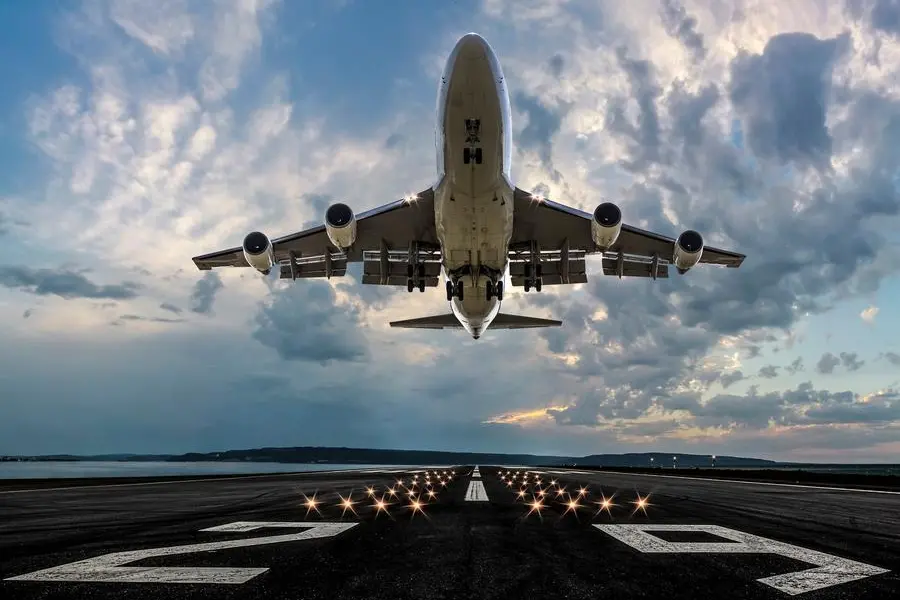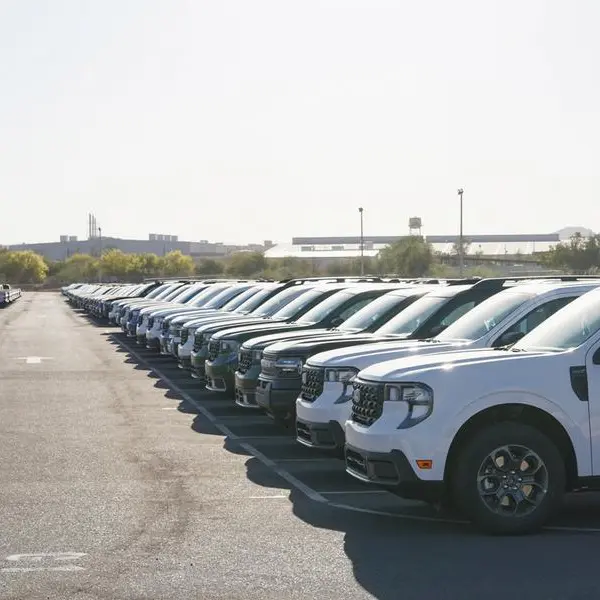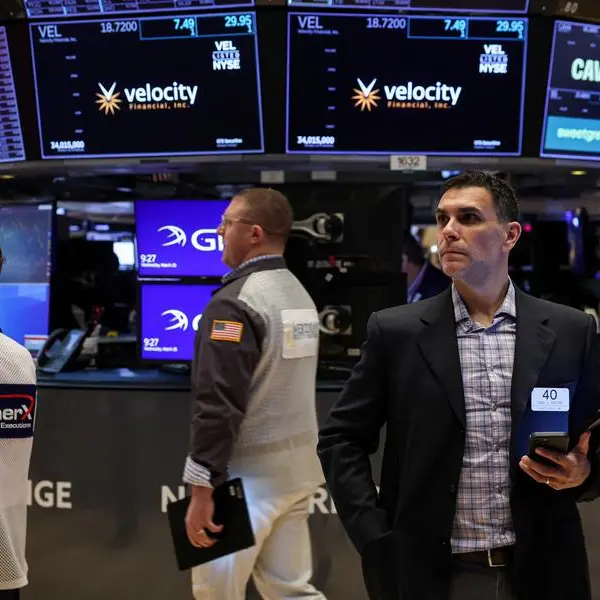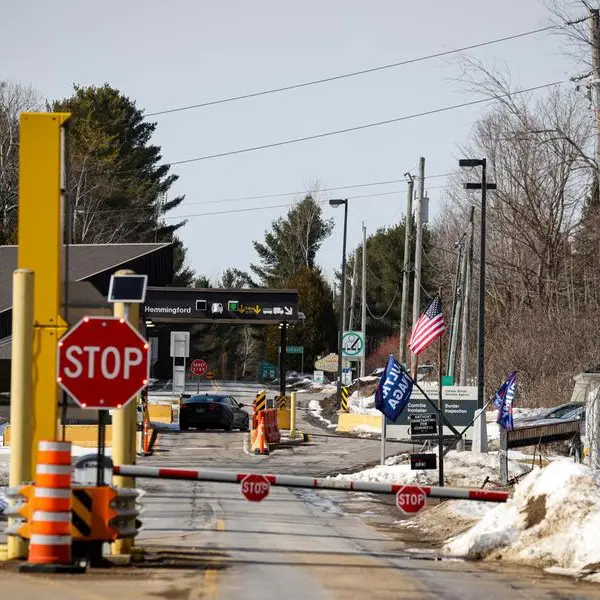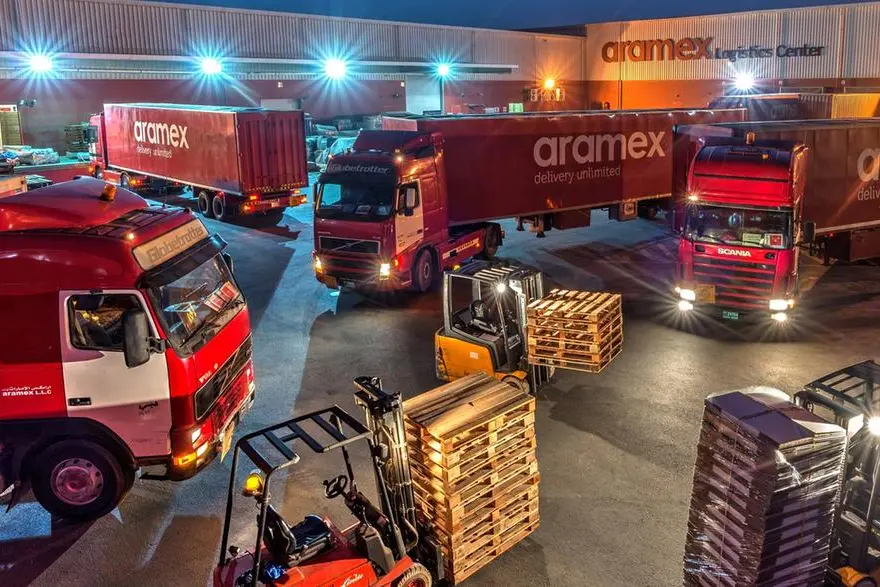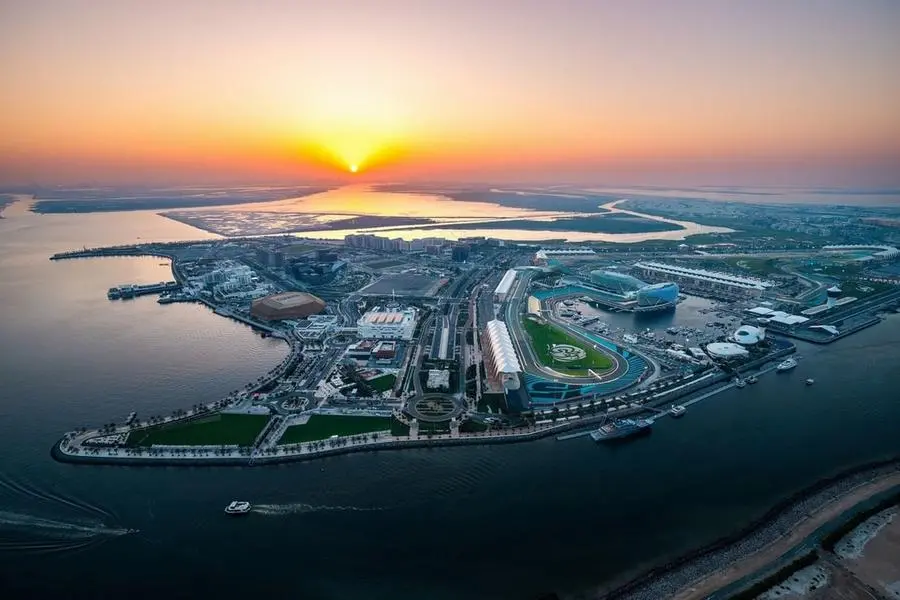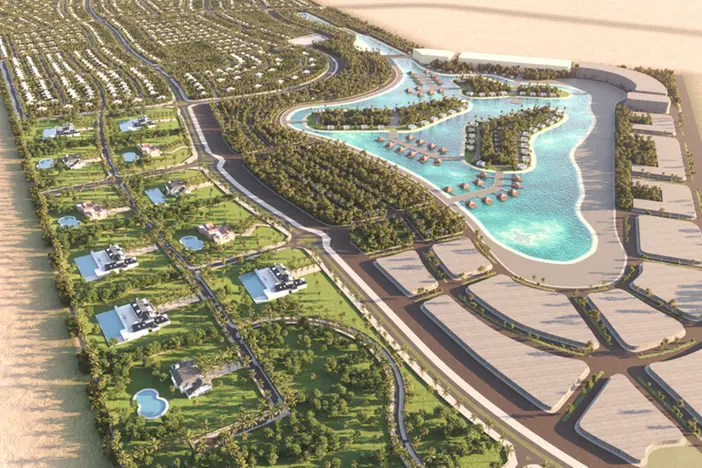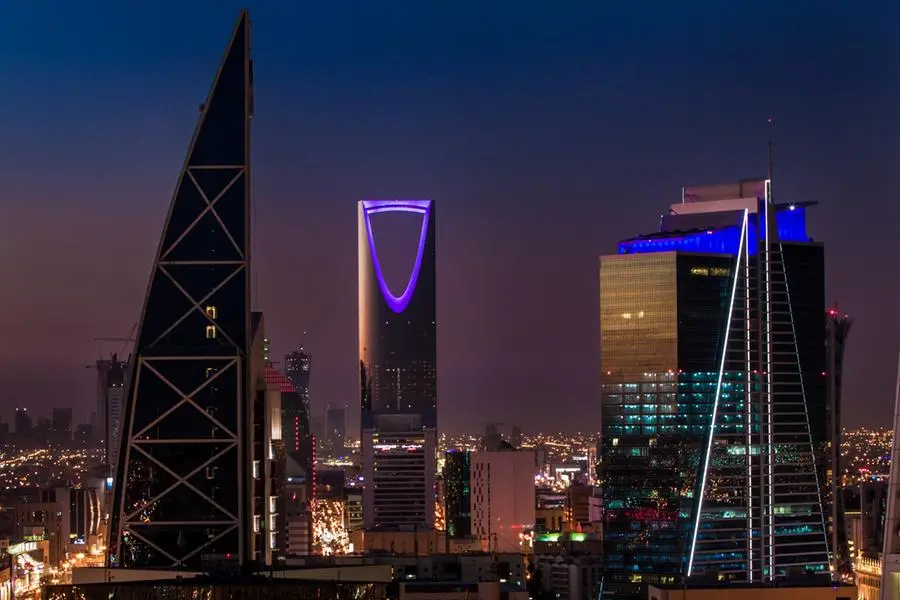PHOTO
Image used for illustrative purpose. Getty Images
Aviation is responsible for around 2.5% of global CO2 emissions, with most aircraft powered by jet gasoline.
Although the aviation industry’s share of total global emissions is not yet alarming, experts say that by the middle of the 21st century, demand for flying could increase aviation’s greenhouse gas emissions by upwards of 300% (over 2005 levels) if no drastic measures are taken to reduce them.
That said, there is growing recognition of the need to transition towards more sustainable aviation fuels. Governments are beginning to explore and implement policies to incentivise sustainable aviation fuel (SAF) production, such as blending mandates, tax incentives, and research grants.
IATA Director General Willie Walsh said that to date, however, the industry has not seen governments providing sufficient production incentives to ramp up the supply of sustainable aviation fuels (SAF). “And many governments, including several in Europe, are contemplating placing additional financial burdens on aviation in the name of the environment that will undermine Carbon Offsetting and Reduction Scheme for International Aviation (CORSIA) and reduce the industry’s financial capacity to invest in sustainability efforts,” Walsh noted.
In 2022, SAF production tripled to 300mn litres, which is less than 0.1% of what is needed to achieve the industry’s net-zero goal by 2050.
The airline industry’s biggest focus is on sustainable aviation fuel, which will be the biggest contributor to net-zero success, Walsh said at the IATA's annual general meeting in Istanbul in June.
International Air Transport Association recently unveiled a series of roadmaps aimed at providing step-by-step detailing of critical actions and dependencies for aviation to achieve net-zero carbon emissions by 2050.
These roadmaps address aircraft technology, energy infrastructure, operations, finance, and policy considerations leading to net zero.
“With the right supportive policies, reaching 30bn litres by 2030 is challenging but achievable. That would be about 6% of the 450bn litres annual production capacity we need in 2050. We think it will be the tipping point because achieving it will establish the trajectory needed to scale up for 2050.”
On why the airline industry was not moving faster on the issue, he said, “The willingness of airlines to use SAF is definitely not the issue. As I have said, every drop of SAF ever produced has been purchased and used. The problem is insufficient production capacity to meet demand.
“That’s why we must increase the number of pathways for SAF production and diversify feedstocks — of course while maintaining their sustainability credentials. Doing so will open production opportunities best suited to particular geographical locations.”
Governments, he said should be jumping over themselves to be first in line for the job creation, local economic stimulus, and biodiversity protection that SAF production brings — significant benefits for both developed and developing economies alike.
“Unfortunately, the politicians have not made good on their COP26 promise to stop financing fossil fuels. We have not seen a major shift of fossil fuel subsidies to green energy — certainly not for SAF.”
The US approach to SAF is the most advanced with a system of tax credits to drive up production levels.
Industry analysts attribute the lack of government incentives for the production of sustainable aviation fuel to several factors - cost, limited infrastructure, lack of industry consensus, and policy and regulatory challenges.
Undoubtedly, SAF is currently more expensive to produce than conventional fossil fuels. The production processes for SAF, such as the conversion of biomass or waste oils into fuel, are still in their early stages and require significant investment in research, development, and infrastructure.
The high production costs make SAF less economically attractive for both producers and consumers, limiting its widespread adoption.
Also, the production and distribution infrastructure for SAF is currently underdeveloped. Existing refineries and distribution networks are primarily designed for conventional jet fuels, and retrofitting or building new facilities for SAF can be expensive and time-consuming.
This lack of infrastructure creates barriers to the large-scale production and distribution of SAF, discouraging potential investors and industry stakeholders.
“As we move from commitment to action, it is essential for the industry to be backed by governments with a decarbonisation goal,” said Laia Barbarà, the Industry Decarbonisation Lead for Aviation at the World Economic Forum.
With global focus on climate change intensifying, it is expected that there will be added pressure on the governments to support and incentivise SAF production in future.
Pratap John is Business Editor at Gulf Times. Twitter handle:
© Gulf Times Newspaper 2022 Provided by SyndiGate Media Inc. (Syndigate.info).
